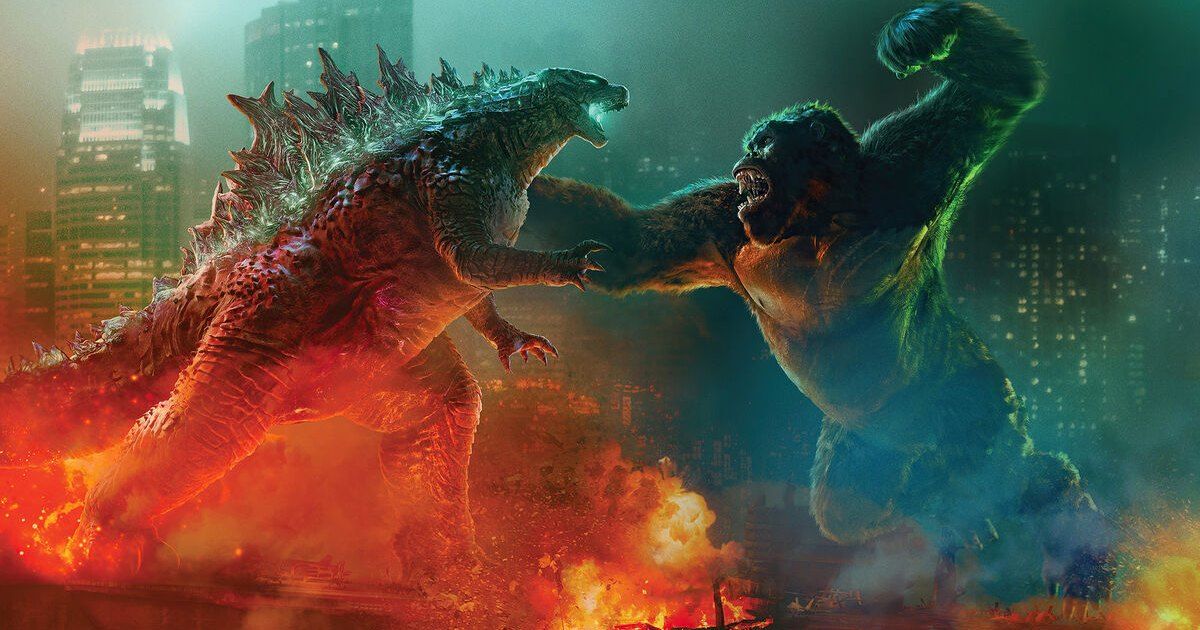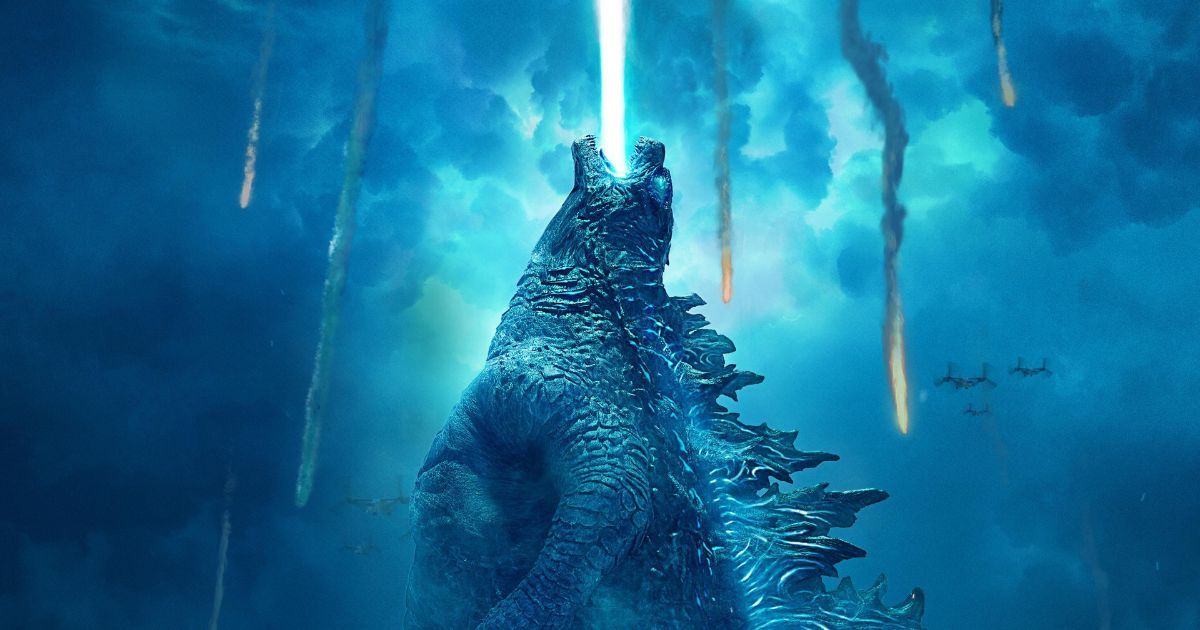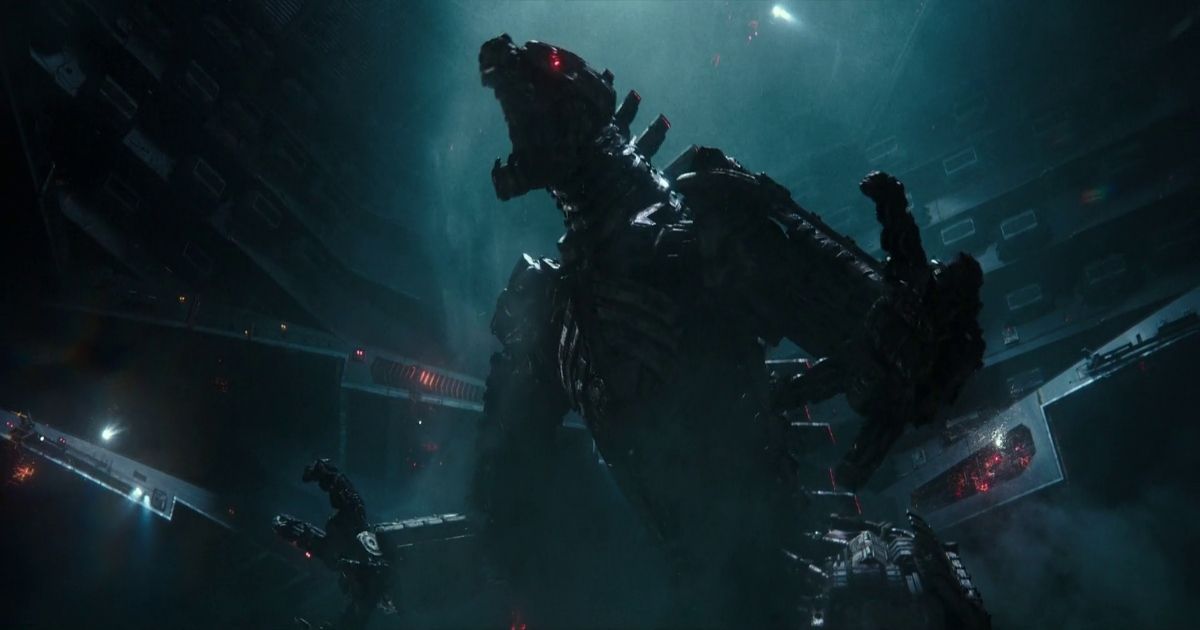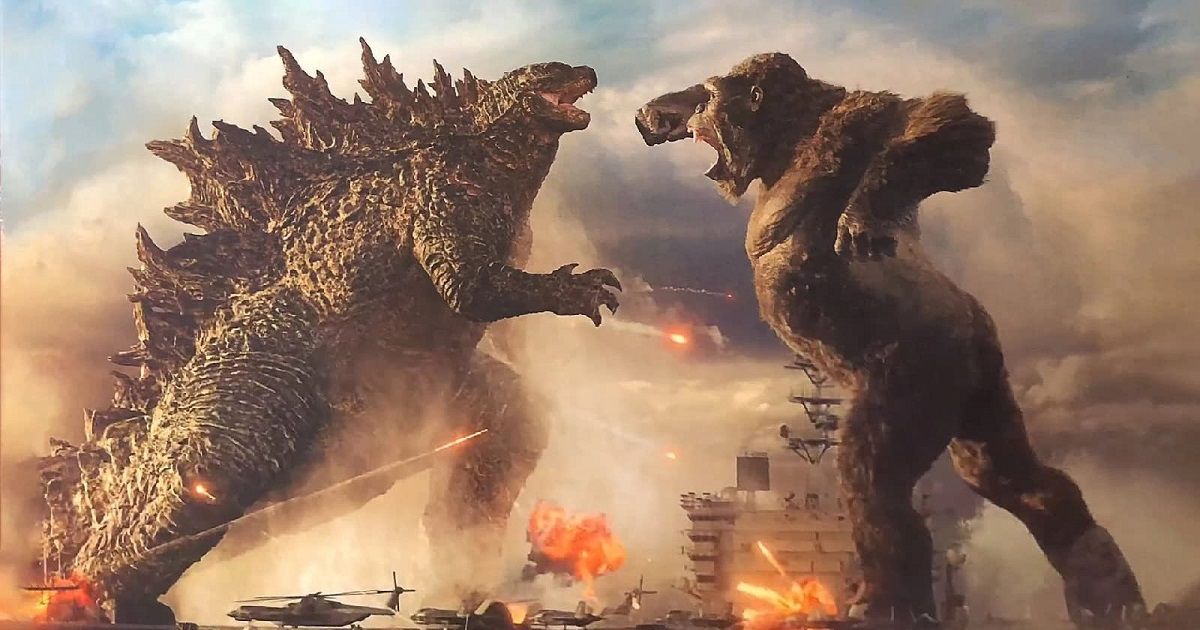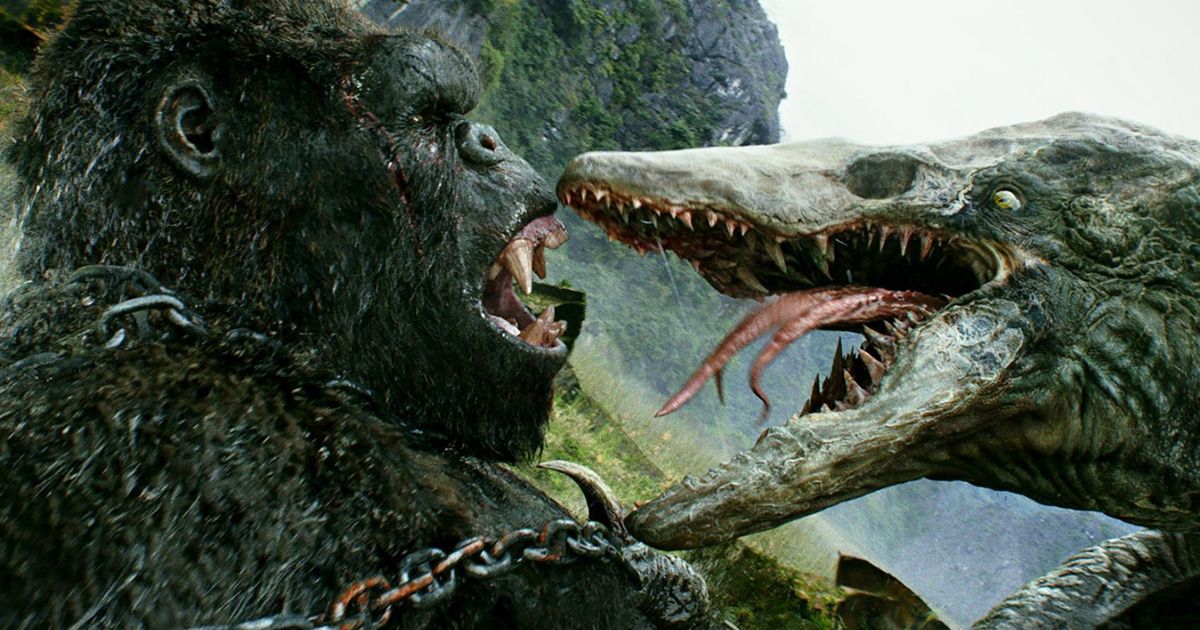Ever since the Marvel Cinematic Universe began finding monumental success with the release of 2012’s The Avengers, there has been a seemingly endless stream of discussion about “cinematic universes.” Most major studios decided to try their hand at developing their own cinematic universe to rival the infinitely growing MCU, whether it be with competing superhero brands like DC, franchises like the Universal Monsters, or vast historical legends like King Arthur.
While some of these universes, such as the Conjuring universe, managed to carve out their own success with the format, most of the cinematic universes attempted by the major studios crashed and burned in spectacular fashion. However, there has been one cinematic universe that has built itself slowly and quietly, leading to it outlasting much of its competition: the MonsterVerse.
Developed by Legendary Pictures and Warner Bros, the MonsterVerse is a cinematic universe that has been built out of the newly relaunched Godzilla and King Kong franchises, with many other Kaijus and titan-sized monsters joining those two behemoths on screen over the course of several films. As it stands, the MonsterVerse currently only consists of four movies. The first entry in the MonsterVerse came in 2014 with the rebooted Godzilla film directed by Gareth Edwards.
Since then, it has been built out by 2017’s Kong: Skull Island, 2019’s Godzilla: King of the Monsters and 2021’s Godzilla vs. Kong. While none of these films have been critical darlings by any means, they’ve each achieved varying degrees of success with audiences and at the box office. Across all four films, the production budget is estimated to be about $675 million. That may seem like a lot, but it’s more than made up by the box office receipts, which total up to just under $2 billion.
Despite the slow pace at which it has been built over the last eight years, the MonsterVerse has consistently kept its momentum going. It’s not slowing down either, as there is a direct sequel to Godzilla vs. Kong already in production named Godzilla x Kong: The New Empire, scheduled to be released in April 2024. On top of that, there is also a live-action series being added to the universe. Titled Monarch: Legacy of Monsters, the new series stars the father-son duo of Kurt Russell and Wyatt Russell. The show is ready to roll on November 17, 2023 on Apple TV+. Here is what has made the MonsterVerse one of the better examples of a shared cinematic universe compared to its competition.
Update November 6, 2023: In honor of Monarch: Legacy of Monsters set to air on AppleTV+, this article has been updated with more reasons why the MonsterVerse is one of the best cinematic universe around.
Director Driven
While one might think a franchise based around giant monsters would not be director-focused, in fact, the MonsterVerse until very recently was as each film had a unique director. Garreth Edwards Godzilla is very much his vision for the character, and while some might have been disappointed with it, there is something commendable about Warner Bros. and Legendary Pictures backing his pitch.
Jordan Vogt-Roberts was brought on to Kong: Skull Island. While his previous film, The Kings of Summer, does not suggest a big action film, the studio took a chance on him, and he delivered a very different King Kong film that did manage to connect with mainstream audiences. It also was notably a very different style from 2014's Godzilla, establishing both Kong and the franchise as having its own distinct look. Then Michael Dougherty, the man behind holiday horror classics like Trick 'r Treat and Krampus, was given the biggest monsters and budget of his career. Instead of being forced to copy the tone of the previous Godzilla film, he got to make a unique picture all his own.
Finally, Adam Wingard was brought on to direct Godzilla vs. Kong. Wingard's films like The Guest, Blair Witch, and Death Note did not scream blockbuster filmmaker, and both Blair Witch and Death Note got poor reviews. Yet the studio took a chance on him, and he was able to deliver a much more MMA/WWE fight movie than the previous three entries in the franchise. He is the first MonsterVerse filmmaker who will return as he is now directing Godzilla x Kong: The New Empire.
Similar to the Marvel Cinematic Universe or even the Harry Potter film series, this is a franchise with a unique collection of directors who bring in their own style, tone, and visual template for these movies. They all are unique and stand apart while also coming together to make a greater whole as a rich tapestry of a universe. The filmmakers chosen for the MonsterVerse are not ones that would likely fit into the Marvel Cinematic Universe and with the Dark Universe dead on arrival, there was no big monster franchise for them to join, but together they helped shape one of the biggest and most underrated.
The MonsterVerse Doesn’t Take Itself Too Seriously
What sets the MonsterVerse apart from the other cinematic universes of the 21st century is the tone that it decides to take with its properties. Instead of trying to build a grand universe of different characters and stories that are constantly hopping from one property to another, the creatives behind the MonsterVerse know what the audience wants. People go to see Godzilla vs. Kong because they want to see a giant lizard breathe fire at a giant gorilla. Audiences are not looking to get buried in a bunch of details that you need to have seen a dozen other films to understand.
While 2014’s Godzilla took the approach of hiding the titular monster for much of the runtime, that mistake has been remedied by the three films that have followed. With Kong: Skull Island and Godzilla: King of the Monsters, the MonsterVerse showed a newfound desire to meet audience expectations with the titan-sized fight nights. Kong was full to the brim of new creatures and monsters to excite viewers, in addition to a much larger Kong than had been seen prior.
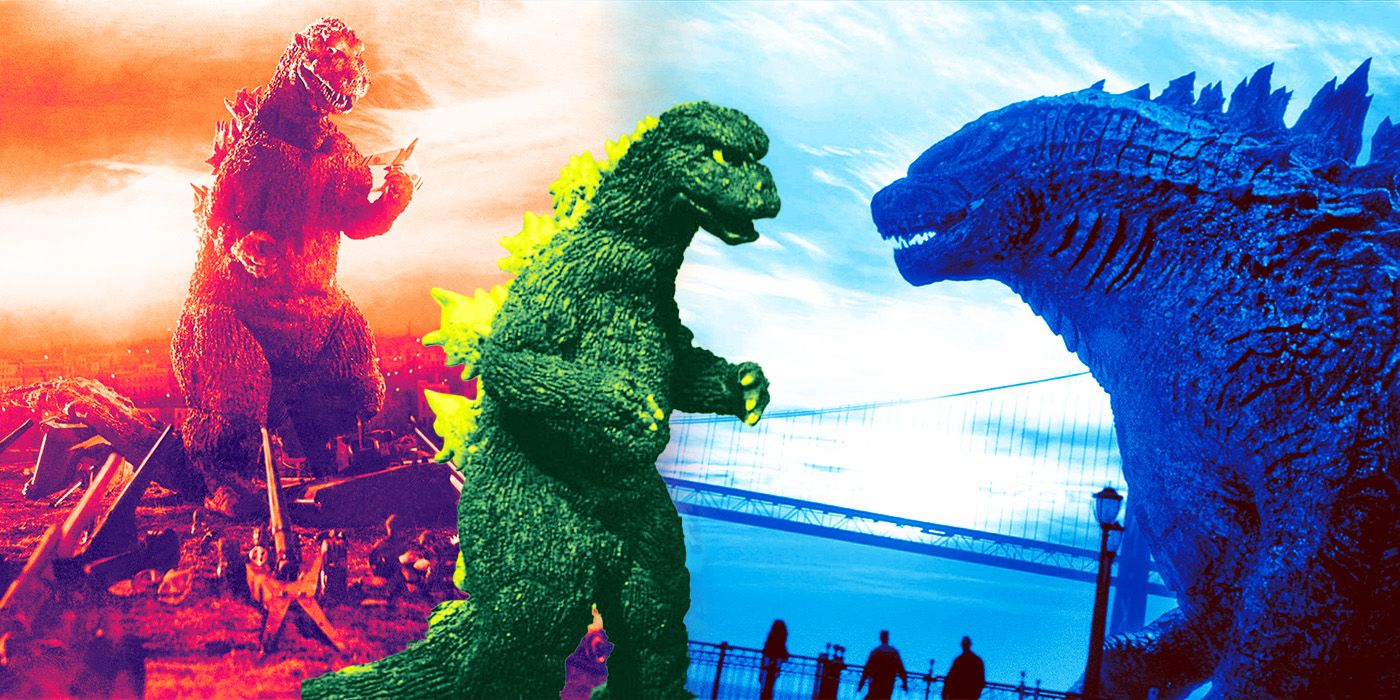
Every Godzilla Movie, Ranked
The Godzilla franchise boasts a massive number of movies that has been running for nearly 70 years. Here's where every movie in the franchise ranks.This led to numerous thrilling sequences that were the kind of monster-mashing action that audiences were hoping for out of 2014's Godzilla. The 2019 Godzilla sequel continued that streak by introducing many of the classic Godzilla-adjacent monsters, such as Mothra and King Ghidorah, for everyone's favorite radioactive iguana to go toe-to-toe with. Say what you will about the human characters and overall plots of those two films; they more than delivered in the one area that they needed to.
Godzilla vs. Kong was the first monstrously big test of the potential of the MonsterVerse. The film was released in early 2021, day-and-date on HBOMax and in-theaters, and in a cinematic landscape still reeling from the effects of the global pandemic. Despite those factors working against it, Godzilla vs. Kong found success. The film managed to gross nearly half a billion dollars worldwide, and that was with a global pandemic preventing people from going out to the movies.
While that’s nowhere near where the film would’ve landed if it were released in a typical year, it was still more than enough to prove that there is still substantial interest in what the MonsterVerse has to offer. People have increasingly started going out to theaters purely for excitement and spectacle, and Godzilla vs. Kong delivered that in spades.
The MonsterVerse is Filled With Logical Connections
Now, this casual approach to building the MonsterVerse does not mean that there isn’t any connective tissue between the movies. In actuality, the creatives behind the franchise do the work when interweaving all of these stories with the same stories and characters. The base on which this universe is built is the organization Monarch.
Monarch serves as the governmental organization responsible for addressing any issues that arise with the various titans of the MonsterVerse. They first appeared in the 2014 Godzilla film and have since been featured in every entry in the franchise. Every film has featured the organization in some way, with main characters often being Monarch agents or connected to the organization. This makes sense as to why the franchise would expand into a television show based around the organization.
Using Monarch as the primary connective material between MonsterVerse films has worked out well in the long run. With each new film, the organization and its goals become clearer. It’s a simple connection, sure, but the success of the franchise has proven that this kind of simple connectivity is really all you need. While the franchise has had recurring characters from film to film, it doesn’t rely too heavily on any particular actor to lead the franchise.
The cast of the films is constantly changing. That doesn’t make the series feel disjointed, though, as the creatives behind the MonsterVerse know that the stars of the movie are the monsters, not the actors that run underneath them. With Godzilla, Kong, and the other monsters continuing to pop up around the MonsterVerse, there’s really not much need for other connectivity beyond Monarch.
The films in The MonsterVerse still make story connections where they can, just to build a little bit more of the world when the opportunity presents itself. However, the franchise doesn’t bend over backward to throw in as many references to other films and characters as it can. It’s clear that the point of the universe is not how interconnected it is but rather that the interconnectivity is just a nice additional detail to this series.
The MonsterVerse is Easy to Follow
While the lack of a dozen different films and series might look like a sign that MonsterVerse has not been able to achieve success with the cinematic universe model, the small number of films is actually one of the biggest strengths of the franchise. Unlike the MCU with its over 30 projects or the DCEU with its confusing continuity and timeline, the MonsterVerse has something unique to offer: simplicity.
The significantly less-constant release of new content for the MonsterVerse has resulted in a long shelf-life for the franchise's individual films. New entries in the series aren't immediately buried by half a dozen other movies and series in the same year. Getting caught up on the series isn’t the same monumental task that it is for other cinematic universes. Because of this, the MonsterVerse is undeniably the most accessible cinematic universe out there right now.
Beyond that, while the films of the MonsterVerse are indeed connected and building off each other, each new entry still tells its own distinctive story. All four of the films work as standalone movies just as well as they do pieces of the larger universe. By doing this, there’s a sense of continuity created from one film to the next, without having strict stories that you need to see all the previous entries to follow.
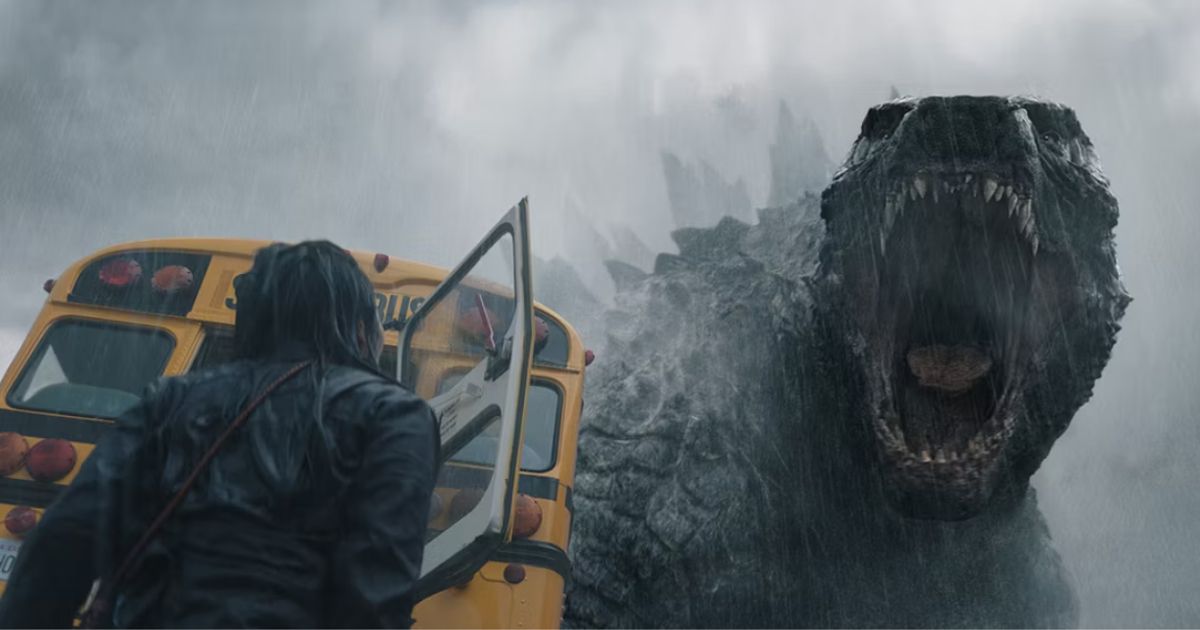
Monarch: Legacy of Monsters: Everything We Know So Far
Discover the enigmatic world of the MonsterVerse with Monarch: Legacy of Monsters. A complex blend of mystery, history, and colossal creatures awaits.Like Marvel and Star Wars, The MonsterVerse has expanded out into television, yet unlike those, The MonsterVerse does not have one home. Skull Island aired on Netflix, while Monarch: Legacy of Monsters will air on AppleTV+. This might seem like a disadvantage for the franchise as two parts of the series are on different streaming platforms, but it works in their favor. These television shows are nice bonuses but are not required viewing to enjoy the films. They might add more fun context to each film but are not required viewing.
This method of building a cinematic universe has made the MonsterVerse much more approachable for everyday viewers. If there’s a film in the series playing on TV or a new entry coming soon to theaters, audiences don’t need to feel the pressure to get caught up on everything to enjoy what they’re presented with. Plus, even if they decide to get caught up, it's only a few films to watch, not a never-ending avalanche of content. It’s a much more casual experience. The MonsterVerse can be one of the best cinematic universes by just sprinkling the concept on top of its films rather than making it the whole meal.
Overall, The MonsterVerse is poised to continue for a long time. Each project is well-timed, and there’s no overbearing influx of products offered across multiple platforms. You can enjoy the MonsterVerse for what it is by cherrypicking what you like while looking forward to future offerings without pressure or feeling bogged down by the past.

